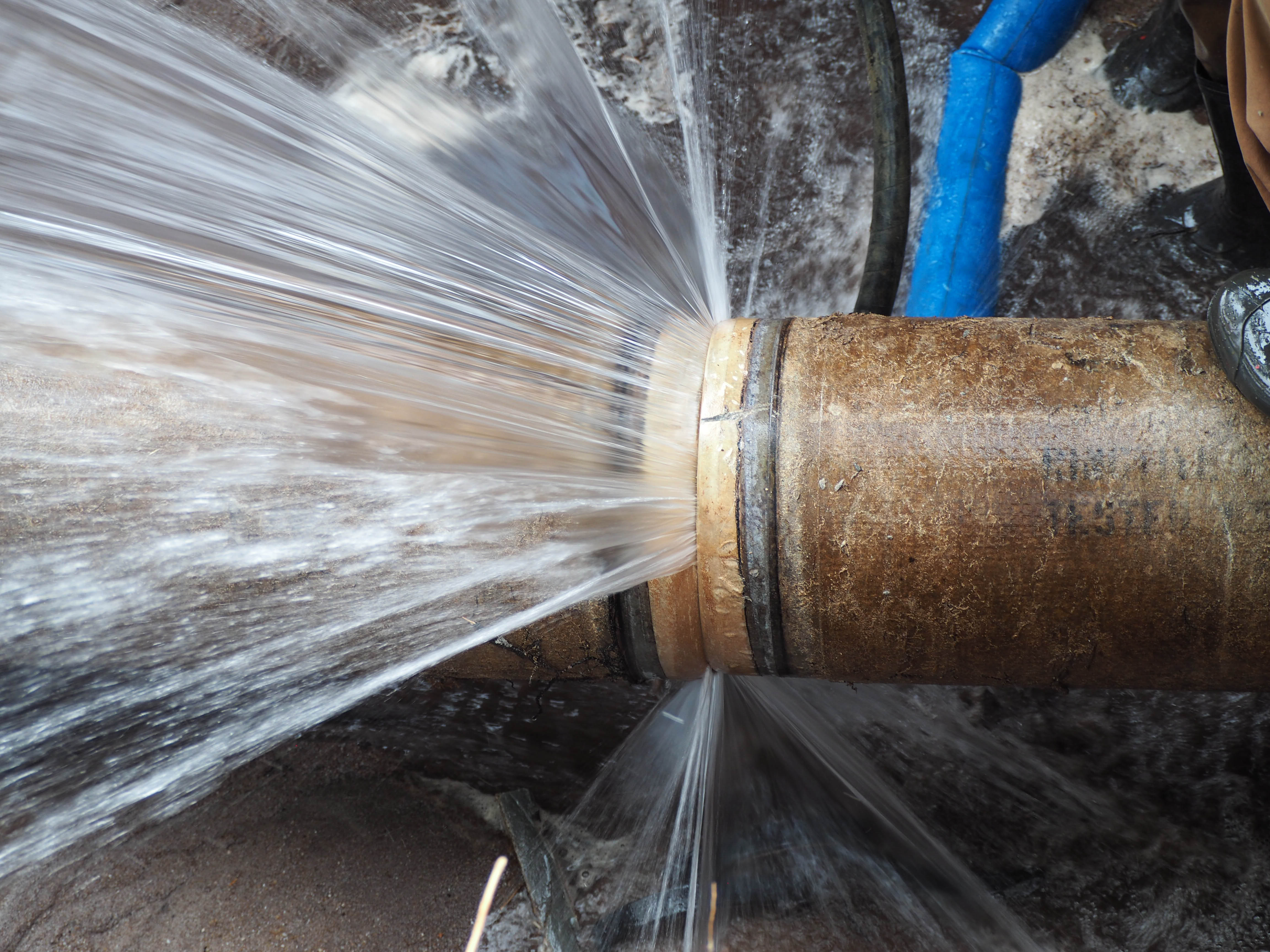Tips to Defend Plumbing System from Freezing: Critical Advice
Tips to Defend Plumbing System from Freezing: Critical Advice
Blog Article
How do you actually feel when it comes to How to prepare your home plumbing for winter weather?

Winter can wreak havoc on your plumbing, particularly by freezing pipelines. Right here's just how to avoid it from happening and what to do if it does.
Intro
As temperatures drop, the threat of frozen pipelines increases, possibly resulting in costly fixings and water damage. Recognizing how to avoid icy pipes is important for homeowners in cold environments.
Understanding Frozen Pipes
What creates pipelines to freeze?
Pipes freeze when revealed to temperature levels listed below 32 ° F (0 ° C) for prolonged periods. As water inside the pipelines ices up, it expands, putting pressure on the pipe walls and possibly creating them to burst.
Risks and problems
Frozen pipelines can cause water supply disruptions, building damages, and costly fixings. Ruptured pipes can flood homes and cause extensive architectural damage.
Signs of Frozen Pipes
Recognizing frozen pipes early can stop them from bursting.
Just how to identify frozen pipes
Seek reduced water circulation from taps, unusual odors or noises from pipes, and visible frost on revealed pipes.
Prevention Tips
Insulating at risk pipelines
Cover pipes in insulation sleeves or use warmth tape to shield them from freezing temperatures. Concentrate on pipelines in unheated or outside locations of the home.
Heating strategies
Maintain interior rooms adequately warmed, particularly areas with pipes. Open closet doors to allow warm air to distribute around pipelines under sinks.
Securing Outdoor Pipes
Yard pipes and outdoor taps
Separate and drain yard tubes before wintertime. Mount frost-proof spigots or cover outside faucets with protected caps.
What to Do If Your Pipes Freeze
Immediate actions to take
If you believe frozen pipelines, keep faucets open to ease stress as the ice melts. Make use of a hairdryer or towels taken in hot water to thaw pipelines gradually.
Long-Term Solutions
Structural changes
Think about rerouting pipes far from exterior wall surfaces or unheated areas. Include extra insulation to attic rooms, cellars, and crawl spaces.
Upgrading insulation
Buy top notch insulation for pipes, attics, and walls. Correct insulation aids keep consistent temperatures and minimizes the threat of frozen pipelines.
Verdict
Avoiding icy pipes needs positive actions and fast feedbacks. By comprehending the reasons, indicators, and preventive measures, property owners can protect their plumbing throughout winter.
5 Ways to Prevent Frozen Pipes
Drain Outdoor Faucets and Disconnect Hoses
First, close the shut-off valve that controls the flow of water in the pipe to your outdoor faucet. Then, head outside to disconnect and drain your hose and open the outdoor faucet to allow the water to completely drain out of the line. Turn off the faucet when done. Finally, head back to the shut-off valve and drain the remaining water inside the pipe into a bucket or container. Additionally, if you have a home irrigation system, you should consider hiring an expert to clear the system of water each year.
Insulate Pipes
One of the best and most cost-effective methods for preventing frozen water pipes is to wrap your pipes with insulation. This is especially important for areas in your home that aren’t exposed to heat, such as an attic. We suggest using foam sleeves, which can typically be found at your local hardware store.
Keep Heat Running at 65
Your pipes are located inside your walls, and the temperature there is much colder than the rest of the house. To prevent your pipes from freezing, The Insurance Information Institute suggests that you keep your home heated to at least 65 degrees, even when traveling. You may want to invest in smart devices that can keep an eye on the temperature in your home while you’re away.
Leave Water Dripping
Moving water — even a small trickle — can prevent ice from forming inside your pipes. When freezing temps are imminent, start a drip of water from all faucets that serve exposed pipes. Leaving a few faucets running will also help relieve pressure inside the pipes and help prevent a rupture if the water inside freezes.
Open Cupboard Doors
Warm your kitchen and bathroom pipes by opening cupboards and vanities. You should also leave your interior doors ajar to help warm air circulate evenly throughout your home.

I ran across that page about Prevent Frozen Pipes when perusing the internet. Are you aware of somebody who is enthusiastic about Preventing and dealing with frozen pipes? Do not hesitate to promote it. Many thanks for your time. Come back soon.
Visit Homepage Report this page